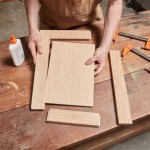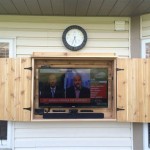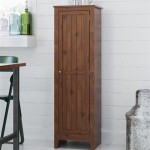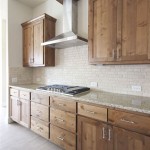Essential Aspects of Kitchen Cabinet Hardware Rules and Regulations
The hardware on your kitchen cabinets not only enhances the functionality of your kitchen but also adds a touch of style and personality. However, before you start installing new knobs or handles, it's essential to be aware of certain rules and regulations that govern kitchen cabinet hardware.
1. Hardware Placement:
The placement of cabinet hardware, whether knobs or handles, should be determined by the size and style of the cabinets and the frequency of use. Generally, taller cabinets with larger doors may require longer handles, while smaller cabinets can accommodate smaller knobs or shorter handles. High-traffic cabinets, such as those under the sink or above the stove, should have hardware that is easy to grip and use.
2. Knob vs. Handle:
Choosing between knobs and handles depends on personal preference and cabinet design. Knobs are more compact and suitable for cabinets with limited space, while handles provide a more ergonomic grip. For larger cabinets, handles offer better leverage and control.
3. Material and Finish:
The material and finish of the hardware should complement the cabinet style and the overall design of the kitchen. Common materials include metal, ceramic, wood, and glass. The finish can be brushed, polished, antiqued, or painted to match the cabinetry or add a contrasting touch.
4. Size and Proportion:
The size and proportion of the hardware should be in harmony with the cabinets. Oversized hardware on small cabinets can look bulky, while undersized hardware on large cabinets can appear insignificant. A general rule is to have the hardware size approximately one-third to one-half the width of the cabinet door.
5. Spacing and Consistency:
When installing multiple pieces of hardware on a single cabinet, ensure consistent spacing between them. The standard spacing for knobs is 2-3 inches apart, while handles can be spaced 6-8 inches apart. Maintain consistency in hardware placement throughout the kitchen for a cohesive look.
6. Clearance and Functionality:
Consider the clearance between the hardware and surrounding elements, such as countertops, sinks, and appliances. Adequate clearance prevents accidental bumps or interference with the functionality of the cabinets. Ensure that the hardware does not protrude excessively and allows for comfortable operation.
7. Safety and Accessibility:
Prioritize safety by choosing hardware that is easy to grip, especially for individuals with limited mobility or dexterity. Avoid sharp edges or protruding points that could pose a hazard. Comply with any applicable building codes or accessibility standards for safe and inclusive kitchen design.

Cabinet Door Hardware Placement Guidelines Taylorcraft Company

Our Go To Cabinet Hardware Placement 60 Of Pable Favorites Emily Henderson

How To Install Cabinet Handles Straight Without Losing Your Mind

Design 101 Cabinet Hardware Placement Lark Linen

Cabinet Door Hardware Placement Guidelines Taylorcraft Company

Comprehensive Guide To Cabinet Hardware Size Placement Handles More Ltd

The Ultimate Guide For Cabinet Hardware Placement And Sizing San Diego

Cabinet Hardware Placement Guide Foxy Oxie

Cabinet Hardware Placement Guide Foxy Oxie

Comprehensive Guide To Cabinet Hardware Size Placement Handles More Ltd
Related Posts








